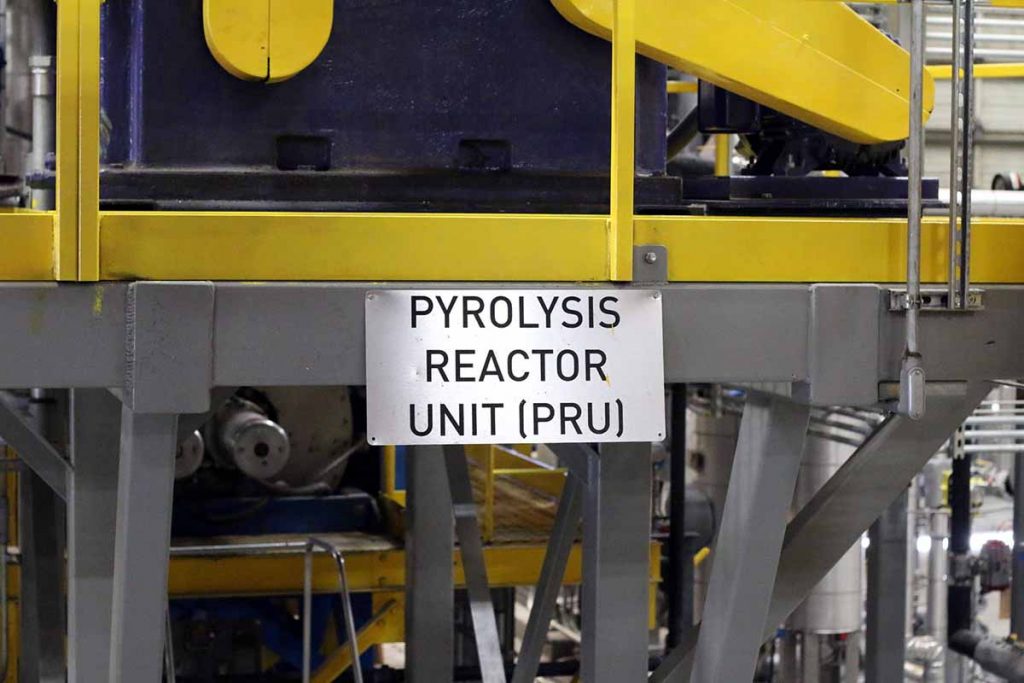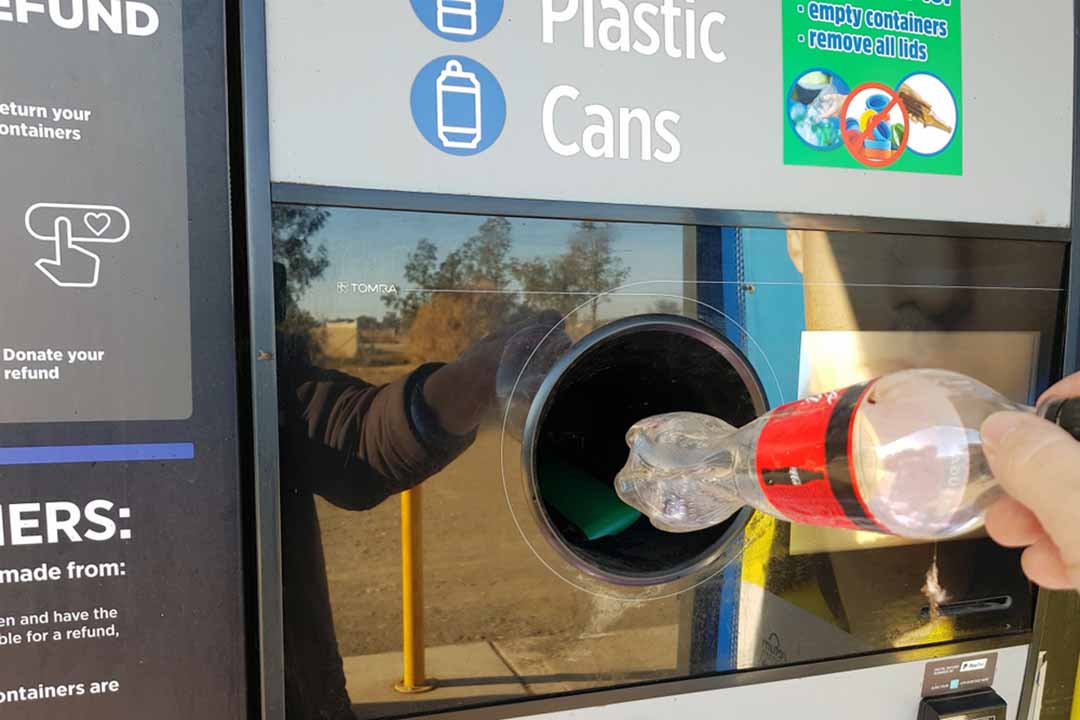

State and local governments are facing increasing pressure to reverse, delay or otherwise roll back environmentally beneficial waste-reduction policies, such as fees or bans on plastic bags, in the name of public health.

Pyrolysis equipment inside the Agilyx facility in Oregon. | Jared Paben/Resource Recycling, Inc.
 The price of natural high-density polyethylene sorted at municipal recycling facilities surpassed 61 cents per pound for the first time.
The price of natural high-density polyethylene sorted at municipal recycling facilities surpassed 61 cents per pound for the first time.
 The price of natural HDPE jumped by nearly 25% over the past month and is now approaching the record high values it achieved at the beginning of the year.
The price of natural HDPE jumped by nearly 25% over the past month and is now approaching the record high values it achieved at the beginning of the year.

Many in the U.S. may be unfamiliar with reverse vending machines, because only 10 of 50 states have deposit redemption programs. | Karen McFarland/Shutterstock
 The price of natural HDPE bales increased by 22% this month, whereas post-consumer PET bales have remained at a low level. Continue Reading
The price of natural HDPE bales increased by 22% this month, whereas post-consumer PET bales have remained at a low level. Continue Reading
 Market pricing for post-consumer plastics has remained relatively flat over the past month.
Market pricing for post-consumer plastics has remained relatively flat over the past month.
